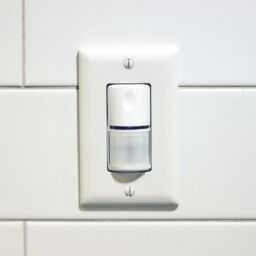The Plant
Plants manufacture food through a process known as photosynthesis. The chlorophyll converts carbon dioxide into food for the plant using light. There are three basic things that influence a plant’s growth. These are the quantity or intensity of the light, the quality or wavelength of the light and the time or duration in which the light is present and the plant has exposure to the light.
The Lighting Spectrum and How it Affects Plant Growth
Natural light (i.e. sunlight) includes all the wavelengths of light. Plants are only able to absorb light in blue and red wavelengths, the other wavelengths are therefore no use to a plant’s growth. There has been scientific evidence suggesting that blue light assists in encouraging leaf growth, while a combination of red and blue light promotes blooming. Plants therefore achieve the best growth rate and quality when shone with red and blue light in a ratio of 1:5 or 1:6 respectively. This illumination is given from LED plant bulb.
LED Plant Light
LED stands for light emitting diode. A variety of colors can be transmitted from an LED plant bulb. The lights themselves produce little heat and use less energy in comparison to other types of grow lights.
Why Other lights Are Not So Effective For Plants
Illumination emitted from incandescent light bulbs mostly lie within the red and orange wavelengths. This would not be ideal for the plant as light in blue wavelengths are the most beneficial to the tree. Furthermore, incandescent bulbs produce a lot of heat. Too much heat radiating off the plant may dehydrate and cause damage. Fluorescent grow lights are a relatively good choice but are unable to produce light in red wavelengths due to the metal halide bulbs. Therefore, fluorescent grow lights are most suitable earlier on in the growth cycle of the plant. It is ideal for growing leafy plants as supposed to plants, which can grow flowers as well. An LED buld emits the perfect amount of light, both red and blue in the correct ration that it optimum for plants. LED bulbs do not produce at much heat and are not hot to touch. LED plant buld has become one of the most popular types of grow lights for growing plants indoors.
Other Considerations That Demonstrate the Benefits of the LED Plant Light
When choosing a light source for your plant you will need to take into considerations other significant factors that might also determine your final choice. These things include energy efficiency, bulb costs, electricity costs and the life of the bulb itself. LED plant light bulbs are expensive to purchase but last the longest and are the most energy efficient, which in the end saves you the most money overall. Cost and efficiency should always be the most important factors when selecting a proper grow light for your plants.
AUTOPOST by BEDEWY VISIT GAHZLY


